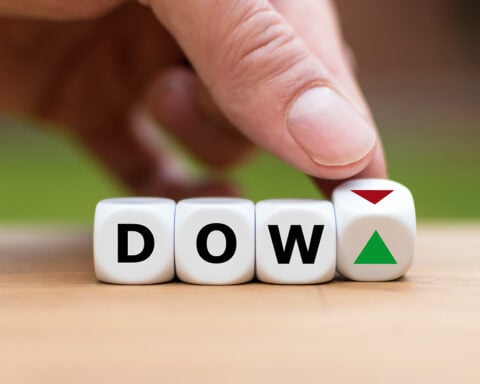As of mid-2024, certificate of deposit (CD) interest rates have surged to heights not seen since before the 2008 financial crisis. With yields ranging from 4.00% to 5.00% or more, CDs are increasingly attractive for those looking to secure a safe return on retirement savings. However, it’s vital to carefully consider the pros and cons before deciding if CDs are suitable for your retirement strategy.
Appeal of High CD Interest Rates
CDs are appealing primarily because of their high interest rates. Just a few years ago, finding annual percentage yields (APYs) above 2.00% was difficult, even for long-term CDs. Today, yields between 4.00% and 5.00% are common, making CDs an enticing option for those seeking secure, fixed-income investments.
Security of CDs
CDs offer significant safety advantages. Covered by FDIC insurance, they provide a secure place to park your retirement savings. This insurance guarantees the return of your principal investment up to $250,000 per depositor, per insured bank, adding a layer of security to your financial planning.
Balancing Your Portfolio
While CDs are attractive, it’s generally unwise to allocate all or even most of your retirement savings to them, especially if retirement is more than a decade away. Historically, CDs and other fixed-income investments have underperformed compared to the stock market over long periods. Investing too heavily in CDs while young could mean missing out on crucial years of long-term compounding.
Financial advisors often recommend a balanced approach to asset allocation. A common rule is to subtract your age from 110 to determine the percentage of your retirement savings that should be invested in stocks (or stock-based ETFs and mutual funds), with the remainder in fixed income. For instance, at age 42, a suggested allocation would be 68% in stocks and 32% in fixed income, with CDs being part of that 32%.
Tax Benefits
Investing in CDs through an individual retirement account (IRA) offers notable tax advantages. While not all brokers provide CDs, many top-rated ones do. Brokered CDs, provided by third-party banks via brokerage platforms, typically offer attractive interest rates and can help you avoid taxes on earnings.
For example, a $10,000 investment in a CD with a 5.00% APY outside an IRA would generate $500 in taxable income over the next year. Depending on your tax bracket, a portion of this interest would go to the IRS. However, by opening a CD within an IRA, all earned interest remains in your account to grow and compound, deferring taxes until withdrawal.
Reassessing Your Strategy
Integrating CDs into your retirement plan requires regular reassessment of your strategy. Review your income strategy as a CD nears maturity, typically a month or two before its term ends. This allows you to decide whether to renew the CD or reallocate your funds based on current and projected interest rates.
For instance, if you lock a significant portion of your retirement savings into a 5-year CD at a 4.50% APY, it offers a solid yield for now. However, if the Federal Reserve lowers interest rates in the coming years, future 5-year CDs might only offer 2.00% yields, which may not be as attractive. Many CDs automatically renew unless action is taken, so regular check-ups are crucial to ensure your investment strategy remains optimal.
Final Considerations for a Balanced Retirement Portfolio
CDs can be a wise component of a diversified retirement portfolio, offering a safe and straightforward way to earn steady returns. However, they should not make up the entirety of your retirement savings. By balancing CDs with other investments, such as stocks and mutual funds, you can create a well-rounded portfolio that maximizes growth potential while maintaining a level of safety. With careful planning and regular reassessment, CDs can effectively contribute to a secure and prosperous retirement.







